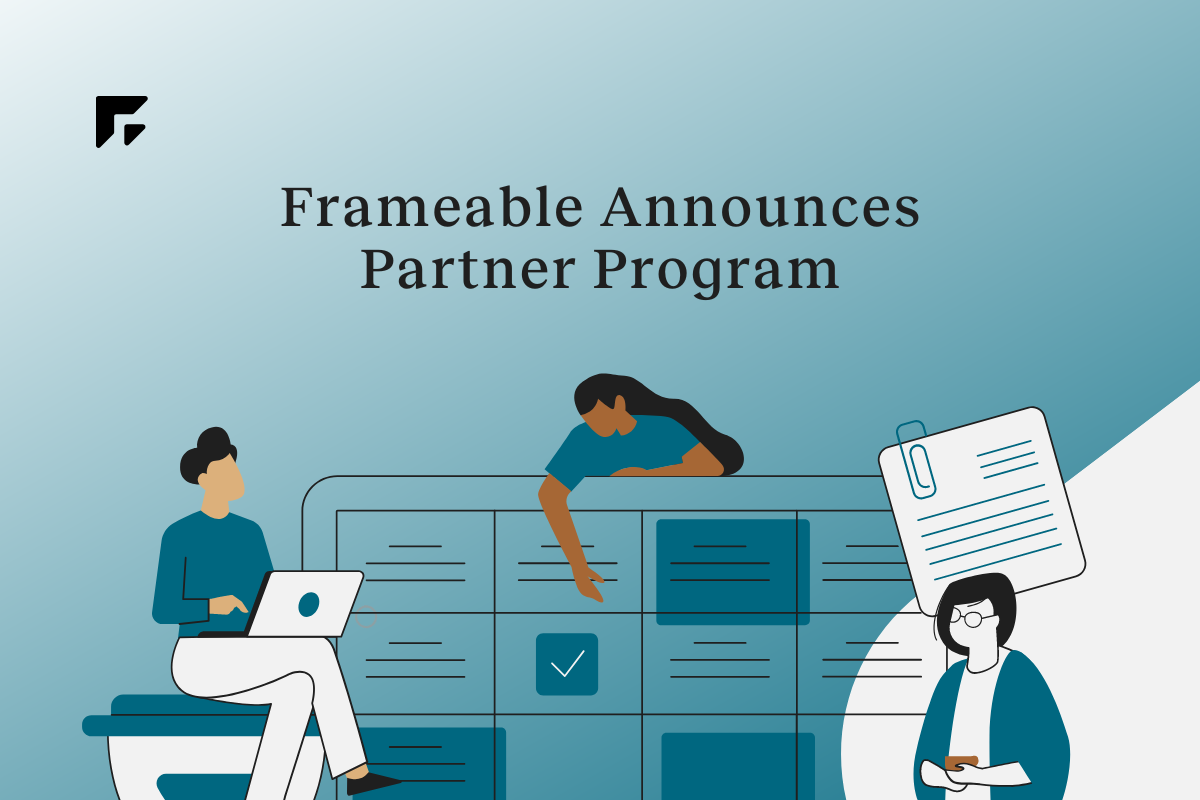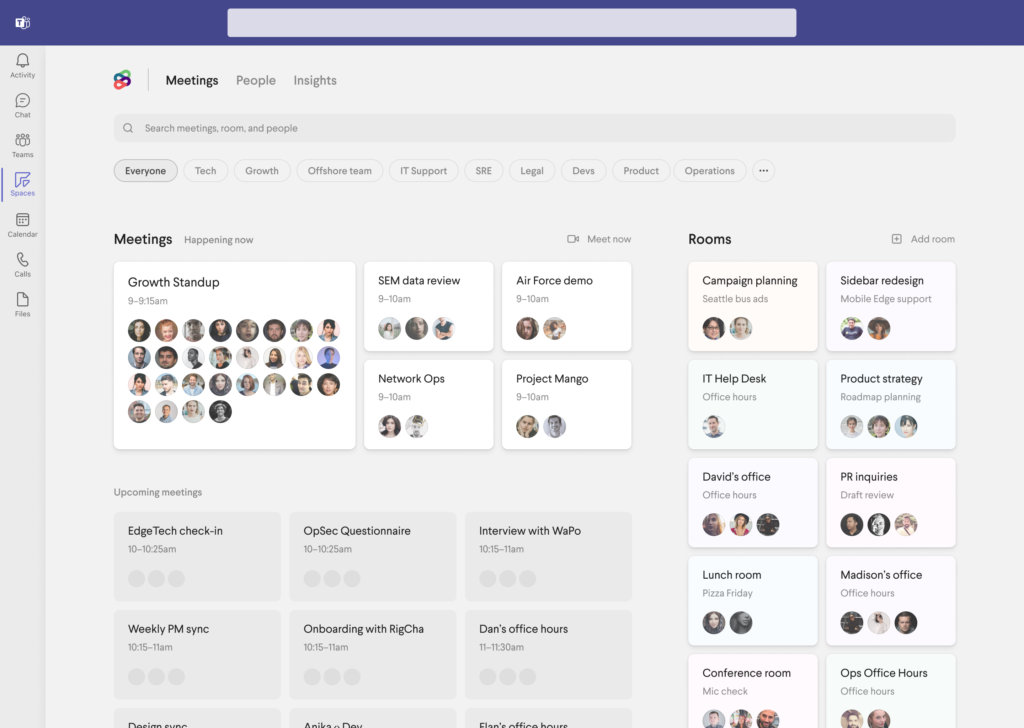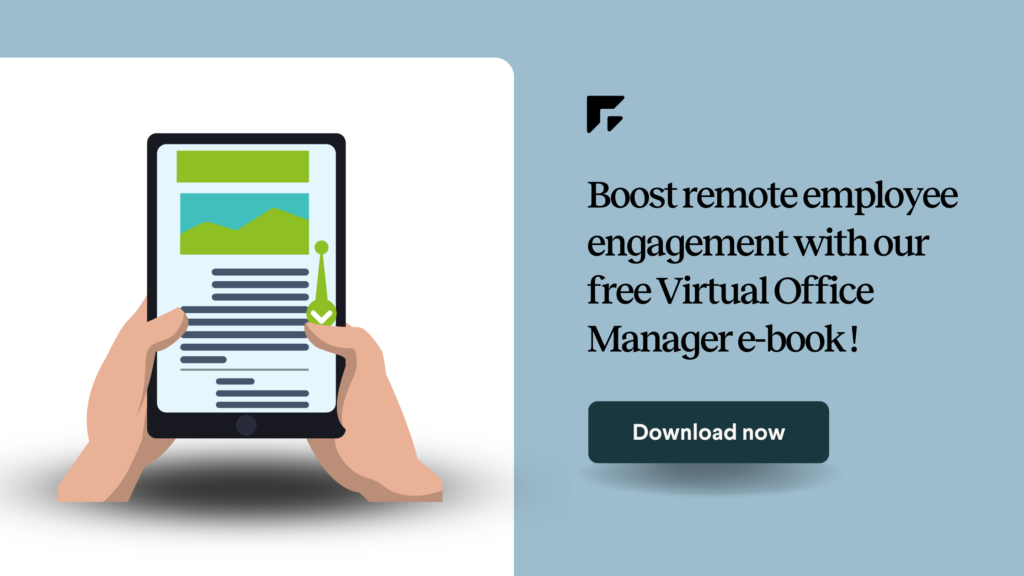It’s no surprise to anyone that the post-pandemic world operates in a vastly different way than it did prior to March 2020. We should all pat ourselves on the back for facing and overcoming what, at the time, felt like a mountain-like virtual learning curve. Email attachments used to be the most technically complex part of many of our jobs and now look at us — we’re doing live webcasts, wrestling with VPN access settings, and connecting from almost anywhere with hotspots. What was unimaginable to most of us in 2020 is now a daily reality in 2023.
However rightly deserved, these congratulations for adapting to the new virtual sphere must be short-lived. Advancements in virtual operations are racing forward and being adopted with lightning speed. Simply being able to tune in to a virtual meeting with a functioning camera and microphone is now the minimum expectation for virtual meeting and event participants. With so many industries embracing remote operations, a new set of skills are necessary to stay competitive: it’s time to shift your attention to polishing your virtual presence.
How to Craft a Polished Virtual Presence
Your virtual presence is the way you show up on camera, but it’s not just about the way you look. It’s a combination of all of the things that factor into the way you present yourself and the impression you ultimately give to those on the other side of the screen. Just as in the real world, how you conduct and present yourself in meetings has real consequences in how colleagues, audiences, or interviewers perceive you.
Here are some tips to help you establish a polished, professional virtual presence.
Familiarize Yourself With Your Video Platform
We’re all probably now familiar with the hot-under-the-collar feeling of searching frantically for a microphone button to unmute ourselves while a group of onlookers wait patiently for your response. It’s an understandable predicament, given the number of virtual meeting platforms used across different industries, but definitely something you’ll want to avoid. As mentioned earlier, advancements are happening at lightning speed — no one can know every new product out there.
The key here is preparation. When getting ready for a meeting on a new platform, take a few minutes to familiarize yourself with the location of necessary tools, make sure you can connect your camera and microphone properly, and have any new software or updates installed. “Although it might feel awkward, it’s important for you to practice out loud, record yourself during your test run — and then watch it” says career coach Dr. Dawn Graham. This is going to give you a good opportunity to not only test that everything is working as it should but also how you’re presenting on camera.
Get the Visuals Right
Eye contact and camera position, lighting, your attire, and your space are all important aspects of your visual presentation to keep in mind.
Eye contact and camera position
Eye contact and camera position are closely related. Placing your computer camera at eye level, directly in front of you, will give the impression that you are maintaining eye contact with your audience or colleagues throughout the meeting. With this one adjustment, you both look attentive and are in turn, more engaging to speak with.

Visually, having your computer at eye level with about two feet of space between you and the camera, should place you directly in the center of your screen which will create a more appealing visual experience for those viewing your feed (please, please — avoid the under chin, up-the-nose shot, for everybody’s sake!)

1. Setting up a laptop flat on a desk and looking at another screen gives the impression that I am sitting back and observing a meeting rather than participating.
2. I’m making eye contact and am closer to the camera, which makes me look much more engaged. However, the angle makes it look as if I am peering down at everyone in the room and, with one wrong move, you’d be able to see directly up my nose!
3. I’m centered in the frame, closer to the computer, and making ‘eye contact’ with the camera set at eye level, giving the impression that we’re speaking face-to-face.
Lighting
Perfecting your lighting is just as important as having your camera positioned correctly. Without proper lighting, you may not be seen at all! There are a plethora of professional lights and setups you can invest in to get great lighting, but it’s not necessary for most of us. We certainly don’t disparage those who do this because they look good when all set up, but it’s a nice-to-have. Most of us will want to start with what we have, by setting a bright (read: not harsh —industrial shop lights are not necessary) lamp behind your computer so that the light falls on and highlights your face as an easy first step.
To set your lighting, open your virtual meeting platform and observe yourself on screen to determine what light placement looks the best on your face. Depending on the light source, you may need to boost it up with a few books or try a couple of different angles behind the computer. Avoid direct overhead lighting as it can create harsh shadows underneath the eyes, nose, and chin that can cause you to look haggard.

1. Don’t just rely on the existing lighting in your space – this photo was taken with just my overhead lights on behind and beside me.
2. Avoid direct overhead lighting as it can cast unflattering shadows on your face and make your features a little more difficult to see.
3. When setting up lighting augmentations, avoid super bright lights! Too bright of light and your whole image will appear washed out.
4. This is my lighting with my overhead lights behind and beside me on and two lamps with standard soft white bulbs posted slightly behind and to the side of my laptop.
If you’re meeting during the day, setting up in front of a window so that the natural light illuminates your face is a great option for lighting — just make sure that you are facing the window instead of having your back turned to it. Being back-lit will make you appear completely in shadow on screen.

1. Artificial light from my computer screen, ceiling lights, and lamps on either side of my computer.
2. Natural light, facing a window with one lamp beside my computer.
If your desk is set up with your back facing the window, consider relocating for important meetings or putting blinds down and relying on artificial lighting. A bright light behind you will cause you to be backlit with your face in shadow.
Your Attire and Your Space
Expressing your style through your fashion and decorating choices are never something that we’re going to argue against. For the purpose of this guide, we will make some suggestions for things to avoid since they can be disproportionately distracting over video.
For clothing:
- Stripes and small, complex patterns on clothing can produce an unpleasant strobing effect on camera.

- When deciding what color to wear, aim for ‘navy, burgundy, or muted tones’ and avoid ‘wearing hot colors, such as pink or pure red, as they can reflect or bleed color onto your surroundings.‘

- Avoid wearing the same color as your background — you want to stand out, not look like part of the wall behind you! If you’re not using a virtual background, consider whether or not the room behind you is dark. If so, you may want to avoid wearing black or navy which would produce the same effect.

- Jewelry that shimmers or jingles can come across as very loud or bright on camera.
For your space:
- Tidy, neutral spaces are best. A cluttered or messy room can give the impression that you are disorganized. Take a few minutes to clear away any distracting piles that fall into your camera’s view and avoid showing artwork that may not be appropriate for professional settings.
- When possible, minimize activity in your background (you want the focus to stay on you- Fido sitting behind you will most certainly be a distraction).

- Virtual backgrounds can be glitchy and are not the cleanest look but sometimes cannot be avoided. If you do opt for a virtual background, go for a neutral image or color that shows you in the sharpest relief possible. If you’re in a dark room, sitting against a wall or hanging a sheet behind you it makes a huge difference in how natural a virtual background looks.

Perfect Your Audio and Adjust Your Communication
While visuals are important, nailing your audio setup is vital. After all, what is the point of a call if you can’t hear or speak to the person you’re trying to connect with? ‘Can you repeat that?, You cut out’ or ‘Do you have a fan on in the background?’ are the new phrase equivalents of ‘speak up, we can’t hear you in the back!’ There’s nothing quite like these jarring interruptions to completely throw you off your roll when talking in a meeting.
Use an external microphone
Laptop microphones have come a long way over the past few years but they pale in comparison even to the microphones built into headphones we now usually get with our smartphones. Not only is the microphone closer to your mouth, they’re also designed to sort out background noises to make your voice stand out even more clearly. If you’re seriously committed to top notch sound, there are plenty of USB microphones on the market to choose from that fit all price ranges (several people in our office use this one and love it!). There is also something to be said for the attention grabbing power of a smooth, radio-quality voice!
Tweak your communication style to fit the format
Once you have your microphone and speaker settings optimized, it’s important to think about how communicating through video calls and chat can be different than talking in-person and how to adjust your speaking style to fit this new interactive format.
You can control your own sound quality but not your audience’s speaker level or hearing abilities. When talking, make sure to speak directly into your microphone and pay attention to your communication speed and enunciation. What you’re saying is important – make sure everyone hears every word! A nice extra benefit of speaking in a clear, measured tone is that you will seem confident in your words.
Though it may seem counterintuitive, nonverbal communication can sometimes be more helpful and less disruptive in video format than a constant stream of verbal contributions. Practice actively listening by looking at the person who is speaking, nodding your head, and smiling in encouragement when possible instead of unmuting to give running affirmations. This will help to keep the airwaves ‘clear’ for the speaker’s words to reach other meeting attendees unimpeded.
Finally, take your time and leave room in the conversation to allow other people to speak. Since some people mute themselves automatically to keep their environmental noises minimized, it now may take a few extra seconds to unmute to respond to something you’ve said. Take a small pause between talking points. This small adjustment will create space for higher quality interactions in your meetings and again gives you the bonus of sounding more confident in your speech.
The Perfect Complement to a Polished Virtual Presence — Frameable Spaces
Now that we’re all familiar and hopefully more comfortable with virtual work, the next step in professional evolution is to develop a strong virtual presence. Using the guidelines listed above will help you establish a polished reputation and highlight you as a competitive candidate in remote work.
It also helps to use a platform with useful features you can rely on. Frameable Spaces can help take your remote work to the next level with virtual backgrounds, noise cancellation, and a variety of other collaboration features. Book a demo to see how Frameable Spaces can give your distributed teams all the benefits of working together, no matter where they are.












